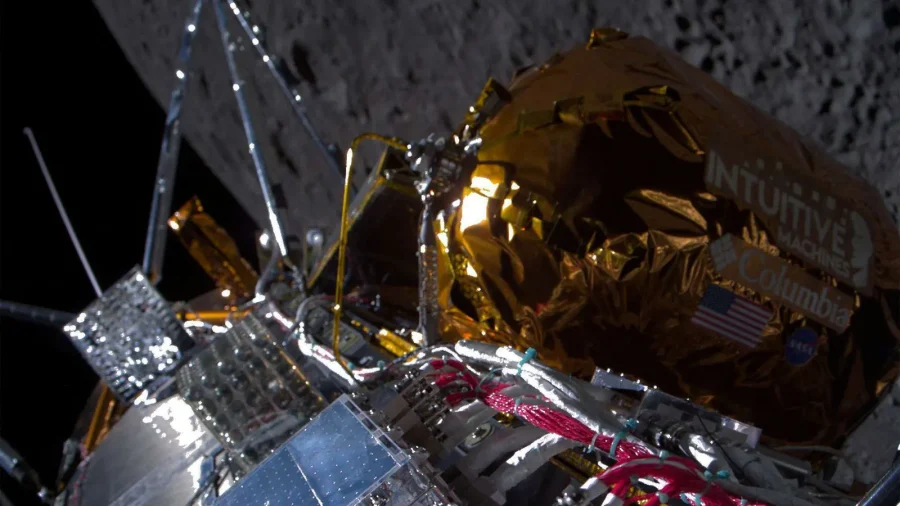Flight control engineers expect to lose contact with the private US moon lander Odysseus on Tuesday, cutting short the mission five days after its sideways touchdown, the company behind the spacecraft, Intuitive Machines , said on Monday.
It remained to be seen how much scientific data might be lost as a result of the shortened life of Odysseus, which according to previous estimates from the company and its biggest customer, Nasa, would have otherwise operated on the moon for seven to 10 days.
The company’s forecast for a premature end to the mission came as new details emerged about testing shortcuts and human error that led to an in-flight failure of the spacecraft’s laser-guided range finders ahead of its landing last Thursday.
An Intuitive Machines official said the loss of the range finders stemmed from the company’s decision to forego a pre-launch test-firing of the laser system to save time and money during pre-flight checks of Odysseus at Nasa’s Kennedy Space Center in Florida.
“There were certainly things we could’ve done to test it and actually fire it. They would’ve been very time-consuming and very costly,” Mike Hansen, the company’s head of navigation systems, said in an interview on Saturday. “So that was a risk as a company that we acknowledged and took that risk.”
On Friday Intuitive Machines had disclosed that the laser range finders — designed to feed altitude and forward-velocity readings to Odysseus’ autonomous navigation system — were inoperable because company engineers neglected to unlock the lasers’ safety switch before launch on Feb 15. The safety lock, akin to a firearm’s safety switch, can only be disabled by hand.
The range-finder glitch, detected just hours before the final descent, forced flight controllers to improvise an experimental work-around to avoid what could have been a catastrophic crash-landing.
Hansen, the engineer who crafted the software “patch” that solved the problem, said the company had yet to determine whether the improvised navigational solution, which employed an experimental Nasa-supplied system on the lander, might have been a factor in the spacecraft’s sideways landing.
The company said during its first post-landing news briefing on Friday that Odysseus caught the bottom of one of its six landing legs on the uneven lunar surface on final descent and tipped over, coming to rest horizontally, apparently propped up on a rock.
Intuitive Machines executives speculated that the forward speed of the spacecraft on landing, about twice as fast as expected, may have been a factor in stumbling. But it remained uncertain whether use of the original laser range finders might have made a difference.
In any case, Odysseus’ sideways posture substan-tially limited how much its solar panels were ex-posed to sunlight, necessary for recharging its batteries. Moreover, two of its antennae were pointed toward the ground, impeding communications with the lander, the company said on Friday.
Intuitive Machines executives said then that its engineering teams would need more time to assess how the overall mission would be affected. In an update posted online on Monday, the Houston-based company said: “Flight controllers intend to collect data until the lander’s solar panels are no longer exposed to light.—AFP










